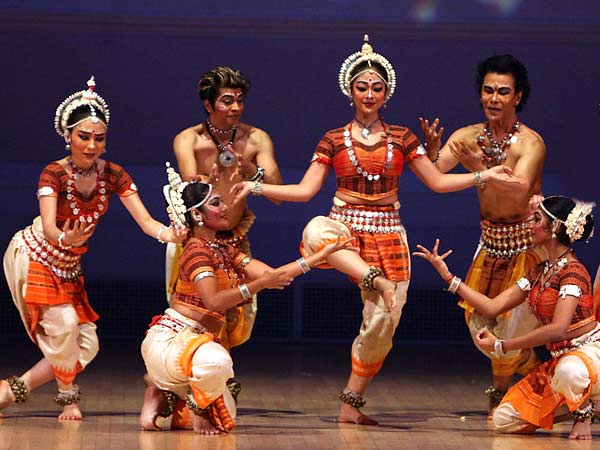Indian Classical Dance
Indian classical dance, or Shastriya Nritya, is a term including different performance arts rooted in religious Hindu musical theatre styles.
Indian classical dance, or Shastriya Nritya, is a term including different performance arts rooted in religious Hindu musical theatre styles, whose theory and practice can be traced to the Sanskrit text Natya Shastra, that mentions four Pravrittis (traditions, genres) of ancient dance-drama in vogue when it was composed – Avanti (Ujjain, central), Dakshinatya (south), Panchali (north, west) and Odra-Magadhi (Odisha-Bihar- Bengal, east). Bharatanatyam, Kuchipudi, and Mohiniyattam, typical of South India, evolved from the Pravritti form called Dakshinatya. Audramagadhi. All major classical Indian dance forms include in repertoire, three categories of performance in the Natya Shastra. These are Nritta, Nritya and Natya:
- The Nritta performance is abstract, fast and rhythmic. Emphasis is on the beauty in motion, form, speed, range and pattern
- The Nritya is slower and expressive. It tries to communicate feelings, inspiring stories related to spiritual themes in Hindu dance traditions
- The Natyam is a play, typically a team performance. Dancers use some standardized body movements to indicate a new character in the underlying story. A Natya incorporates the elements of a Nritya
All classical dances of India used similar symbolism and rules of gestures in abhinaya (acting). The communication through symbols is in the form of expressive gestures (mudras or hastas) and pantomime set to music. The gestures and facial expressions convey the ras (sentiment, emotional taste) and bhava (mood) of the underlying story.











